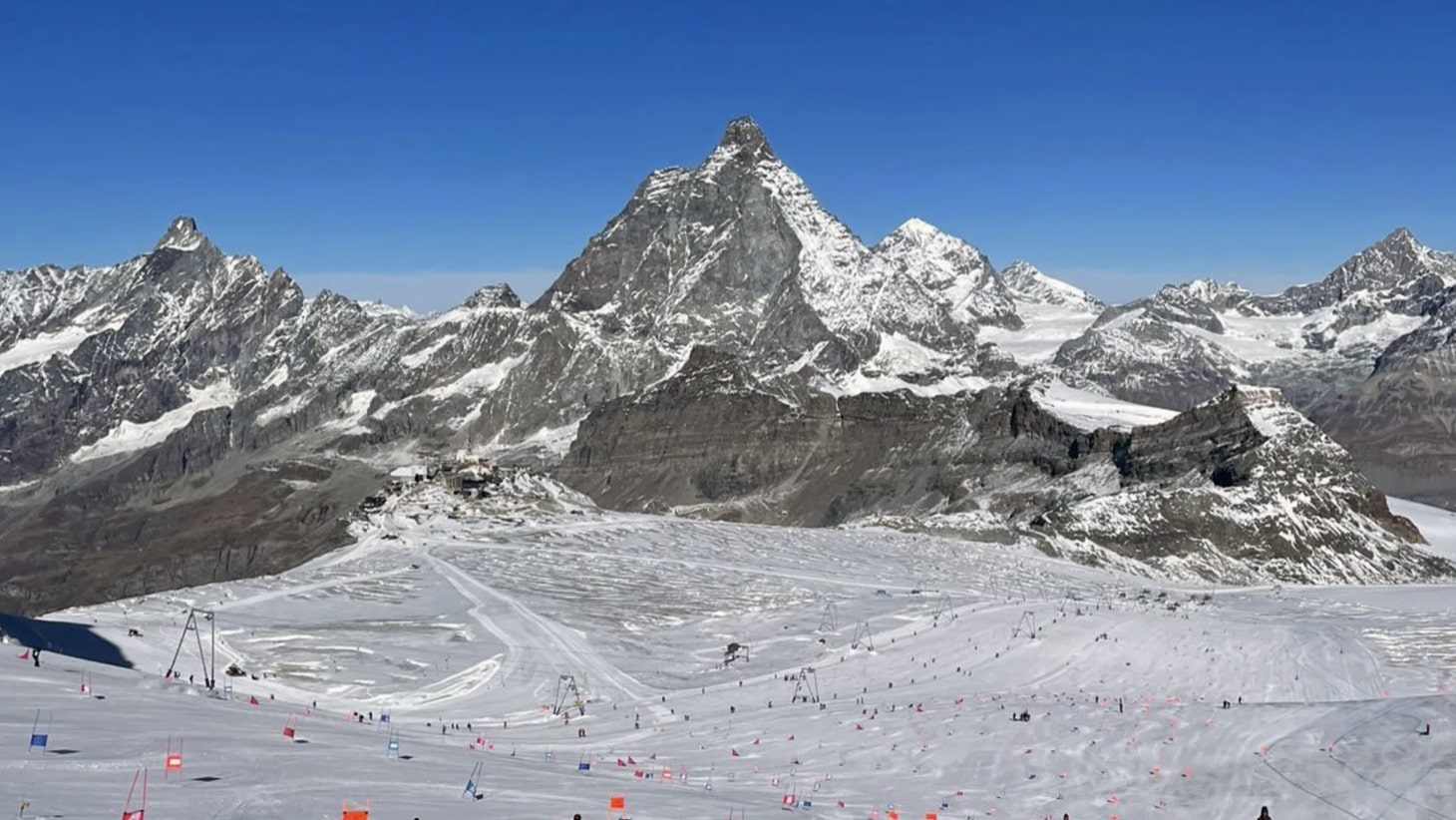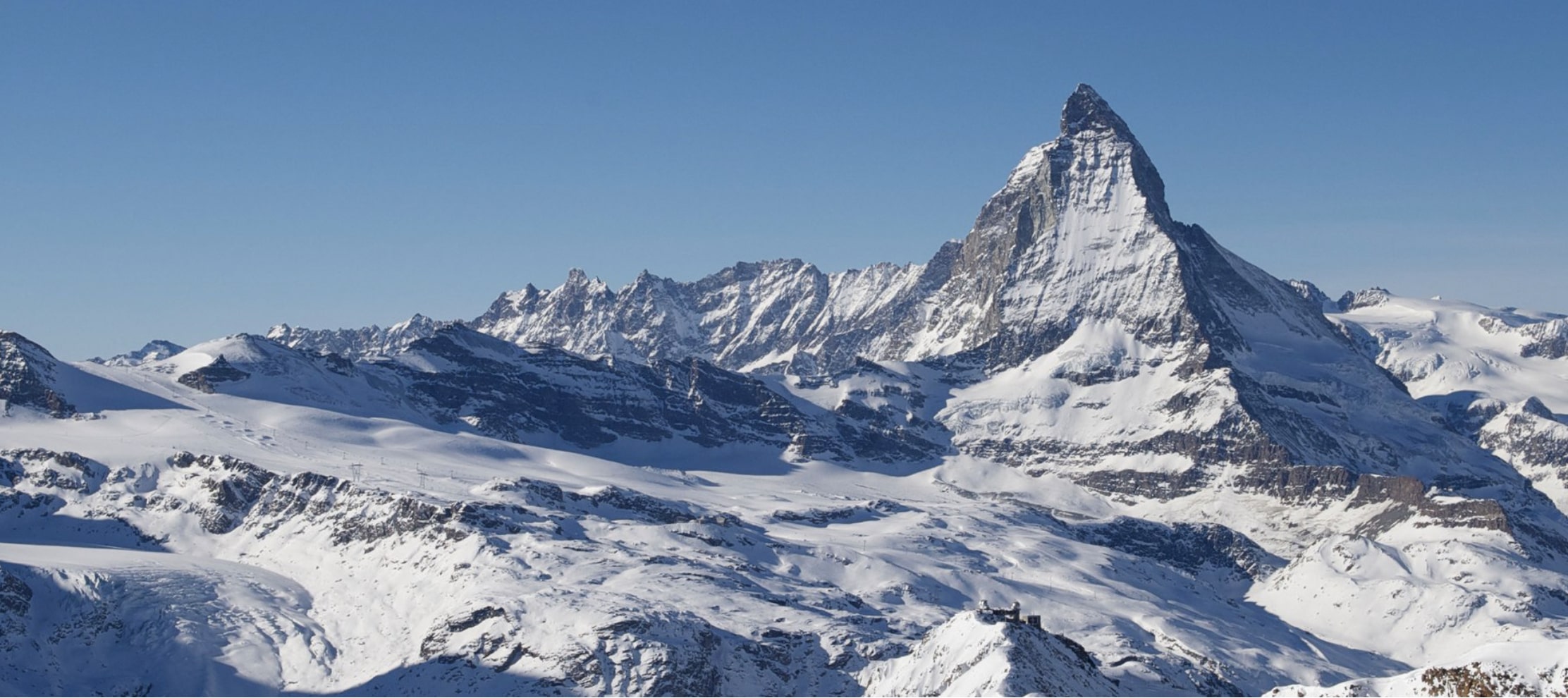
The much anticipated first-ever cross-border FIS Alpine World Cup race in Zermatt, Switzerland, and Cervinia, Italy, has been scheduled as the opening race of the 23/24 World Cup season. The official race calendar will not be confirmed until May 25, 2023, at the International Ski Congress in Zurich, but the Swiss-Italian resort Matterhorn Ski Paradise has announced the dates for November 2023 on their race website ‘Speed Opening.’
The men’s Downhill will be held on the new, specifically designed ‘Gran Becca’ course on November 10 and 11, 2023, while the women’s Downhill will be held the following weekend on November 18 and 19, 2023.
Last year the race was supposed to premier on October 29-30, 2022, with the men’s Downhill at the Matterhorn Ski Paradise ski area and the women’s Downhill on November 5-6, 2022. However, warm temperatures made a safe execution of the race impossible, and the event had to be scrapped.
Athletes and climate activists, including Greenpeace, have petitioned the International Ski & Snowboard Federation ‘FIS’ to amend the race calendar and hold races later in the season. An open letter to FIS signed by more than 500 athletes and activists appears to have put some pressure on the federation, as the speed opening for 23/24 for Zermatt/Cervinia is now set for three weeks later in the year than last year.
The ski area Matterhorn Ski Paradise (or, in Italian, Cervino Ski Paradise) combines the Zermatt ski area in Switzerland and the Cervinia ski area in Italy.Together the ski area offers 225 miles (360km) of groomed runs and, thanks to its glacier, offers skiing and boarding 365 days of the year.
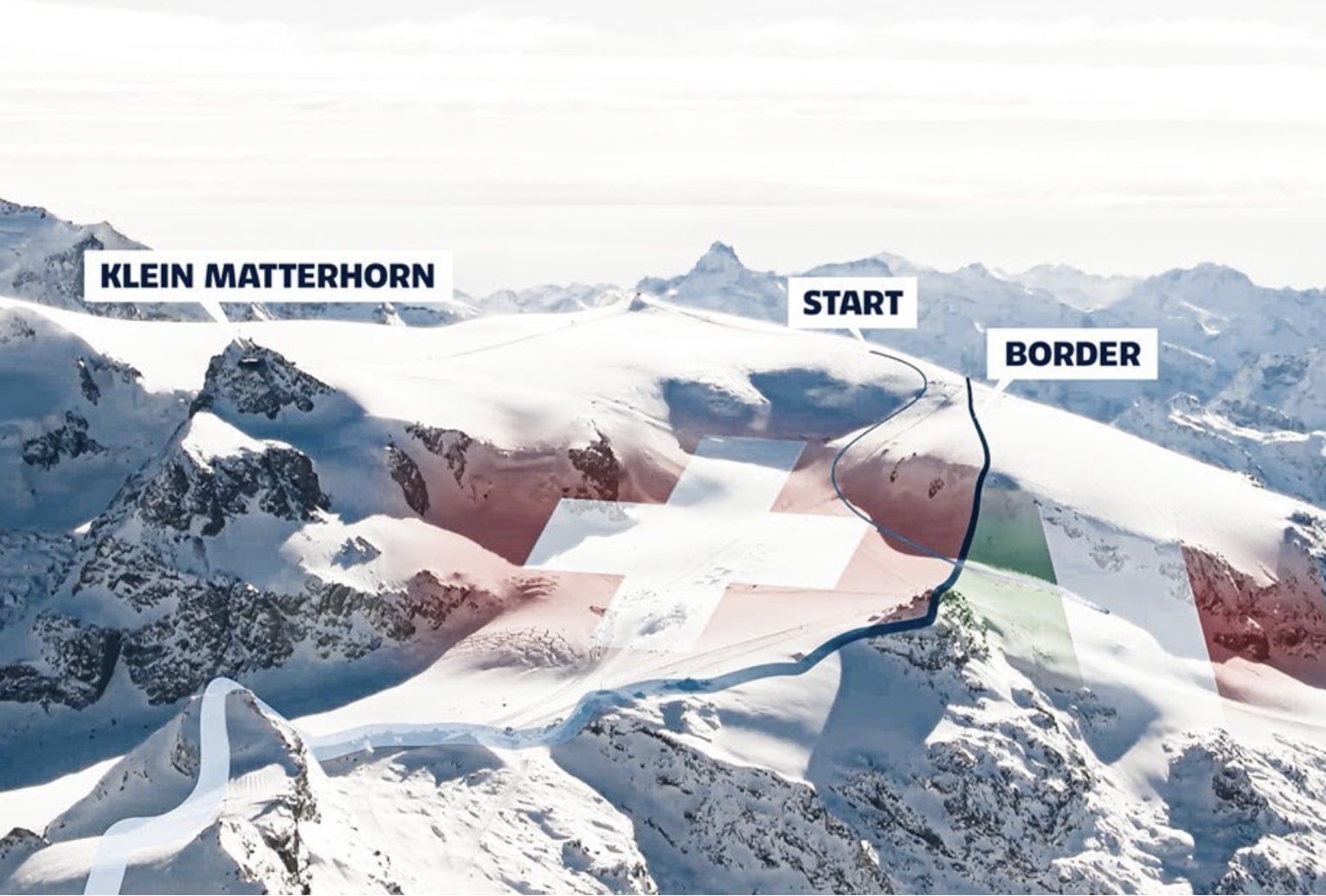
The newly designed race course has been named ‘Gran Becca,’ which means ‘the great peak’ in the local Italian dialect, referencing the iconic Matterhorn. While Zermatt is in the German-speaking area of Switzerland, most of the course will be in Italy; therefore, the organizing committee went with an Italian name.
The architect of the race course is one of Switzerland’s best downhill specialists, retired race skier Didier Défago, who was Swiss National Champion in Downhill in 2003 and GS in 2004. During his impressive 19-year career from 1996 to 2015, he podiumed at 16 World Cup events, won five gold medals — three in Downhill and two in Super-G — and competed at four Olympics, winning Gold in Downhill at the 2010 Vancouver games.
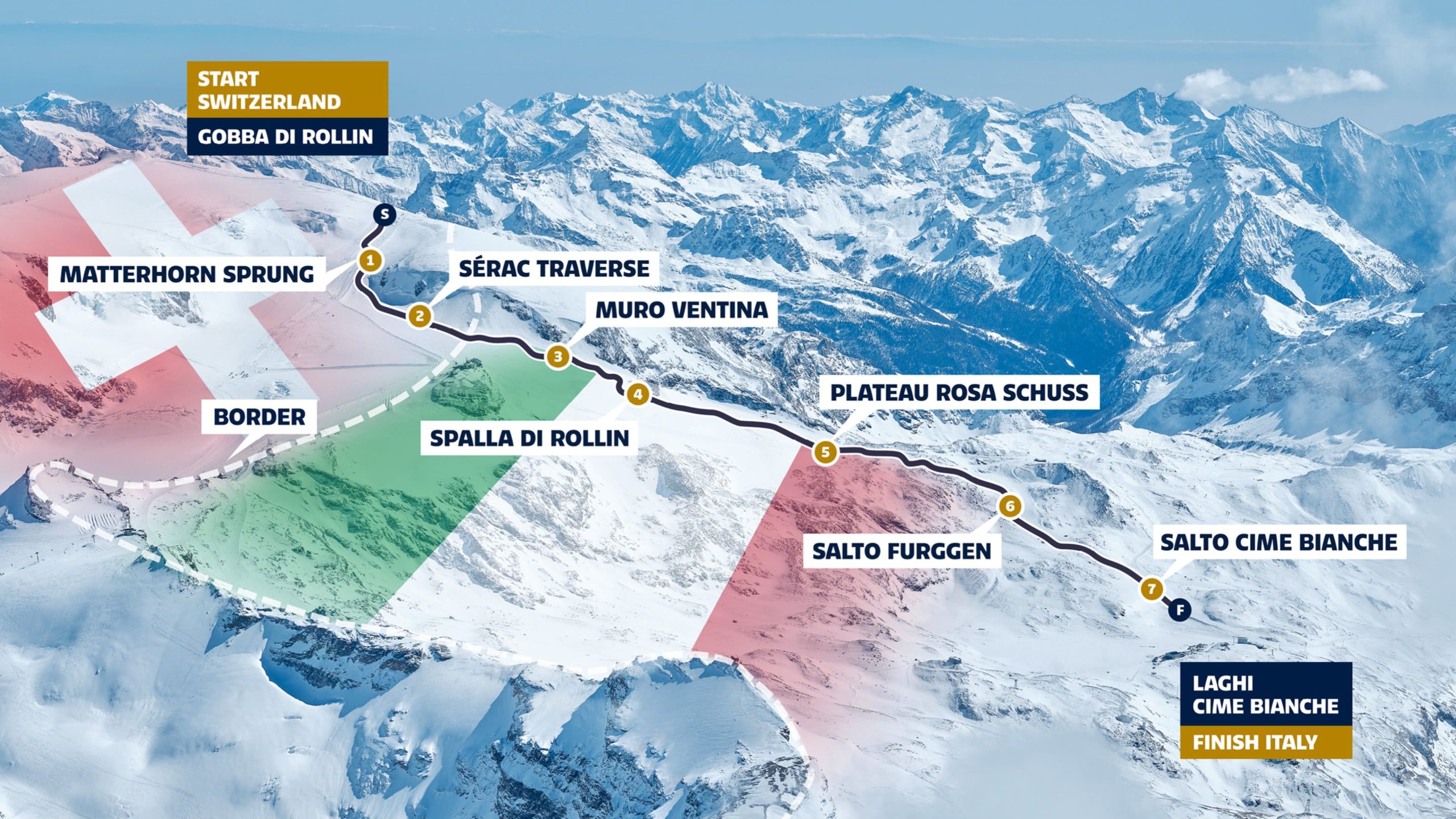
The ‘Gran Becca’ course will start just below Switzerland’s Gobba di Rollin peak at 12,205 ft (3,720m), the highest start for any World Cup race. From there, the course starts with the jump ‘Matterhorn Sprung’ and makes a left turn to the ‘Sérac Traverse.’ The course continues over the ‘Muro Ventina’ and goes over the shoulder of ‘Spalla di Rollin’ into the straight of ‘Plateau Rosa Schuss.’ Before the finish line are the two jumps of ‘Salto Furggen’ and ‘Salto Cime Bianche,’ which should provide spectators in the finish area with some spectacular air before skiers finish the 2.3 miles (3.7km) long course down a total of 2,904ft (885m) of vertical.
Another first for the ‘Gran Becca’ race is that the starting house will be a revolutionary lightweight and portable 975 sq ft (90 sqm) pneumatic construct that provides a heated area for athletes. The heating will be entirely solar-powered by a 650 sq ft (60 sqm) photovoltaic system. Despite its size and high-tech features, the structure can be assembled and disassembled easily. Most FIS race starts are temporary constructs and are typically tents, as they can be easily assembled and disassembled.
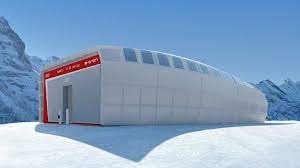
The solar-powdered starting house is just one of the sustainable aspects highlighted by the Local Organization Committee (‘LOC’). The LOC stresses that the environmental impact of this race is minimal. Two-thirds of the course is on the glacier, therefore, no snow-making will be required at the top altitude, and any snow-making that may be needed for the bottom third will be made using 100% meltwater. The LOC points out that the resort is open 365 days of the year, therefore, the entire infrastructure is in use at the time of the Gran Becca race and does not pose any additional impact on the alpine environment.
